Optimal Timing for Asphalt Speed Bump Installation
Determining the optimal time for asphalt speed bump installations depends on weather conditions, project scope, and site readiness. Proper timing ensures durability and longevity of the installation.
Warm, dry weather with temperatures above 50°F (10°C) is optimal for asphalt installation. Avoid rainy or freezing conditions to prevent issues with adhesion and curing.
Late spring and early fall are preferred seasons due to stable temperatures and lower humidity, which promote proper curing and set times.
Ensure the site is cleared, graded, and prepared before installation. Delays can lead to asphalt setting in unsuitable conditions, affecting performance.
Scheduling during off-peak hours minimizes disruptions and allows for uninterrupted curing time, especially in high-traffic areas.
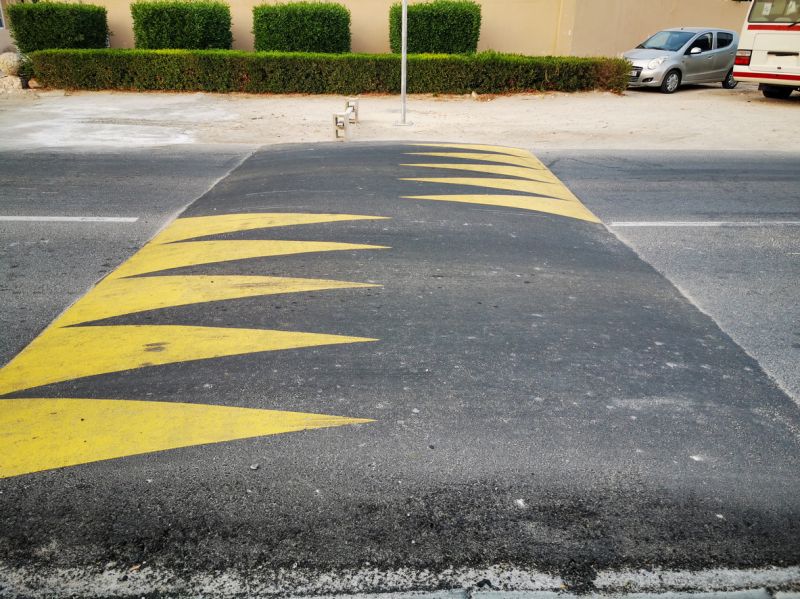
Installation during summer benefits from warm temperatures, aiding proper asphalt curing.
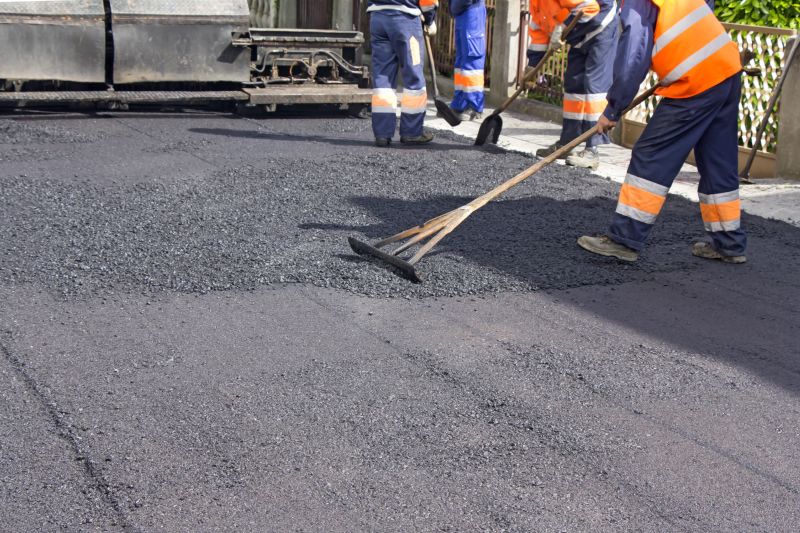
Site preparation in spring ensures readiness for asphalt pouring when weather conditions are suitable.
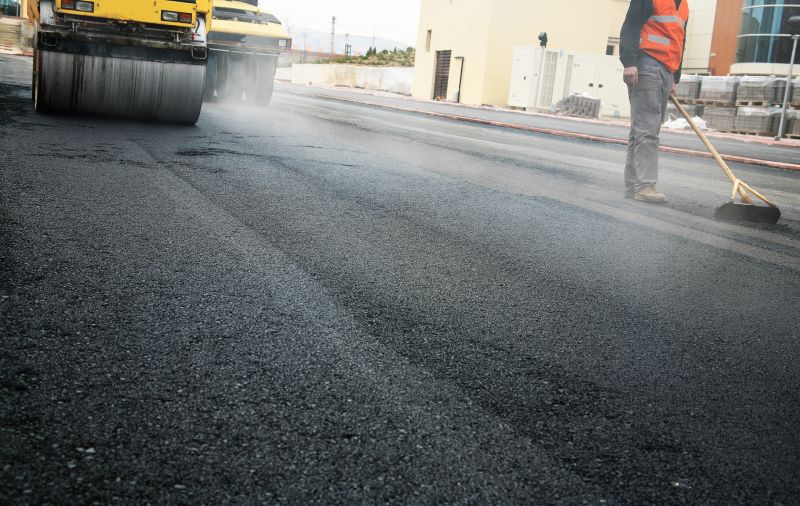
Fall offers stable temperatures ideal for asphalt setting, with less risk of heat-related issues.
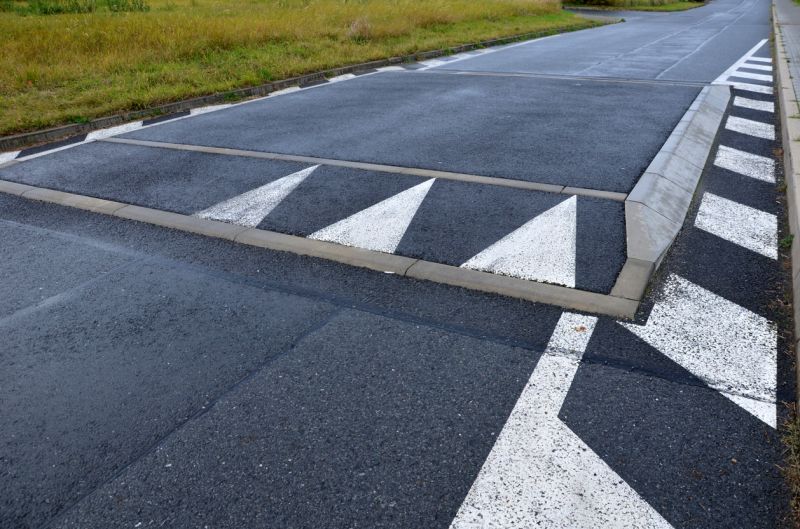
Ways to make Asphalt Speed Bump Installations work in tight or awkward layouts.
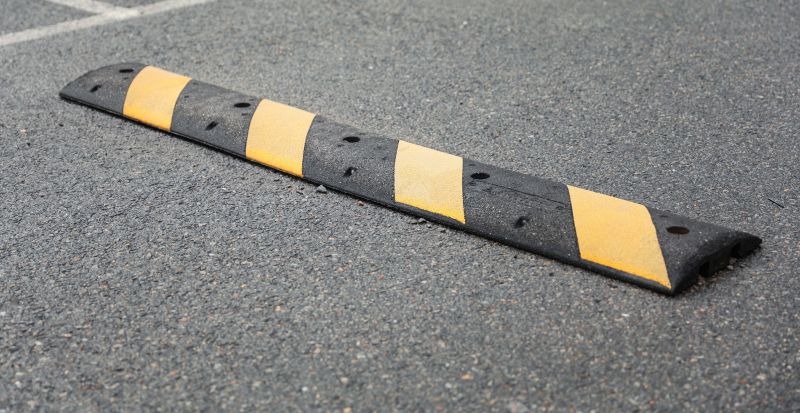
Popular materials for Asphalt Speed Bump Installations and why they hold up over time.
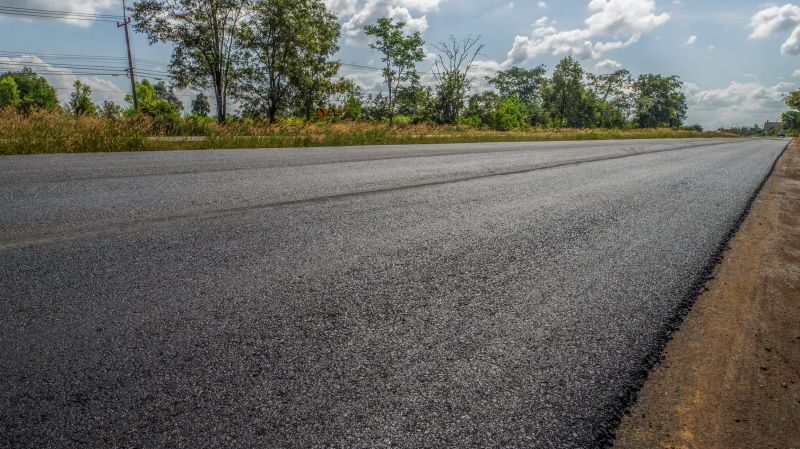
Simple add-ons that improve Asphalt Speed Bump Installations without blowing the budget.
| Season | Recommended Conditions |
|---|---|
| Spring | Moderate temperatures and low humidity, ideal for installation |
| Summer | Warm and dry weather, optimal for curing |
| Fall | Stable temperatures and less rain, suitable for installation |
| Winter | Not recommended due to freezing temperatures and moisture |
Asphalt speed bump installations require careful consideration of weather and site conditions to ensure a durable and effective result. Proper timing reduces the risk of defects such as cracking, shifting, or premature deterioration. Planning installations during favorable weather windows maximizes the lifespan of the speed bumps and maintains safety standards.
Statistics indicate that asphalt installed in optimal conditions has a significantly lower failure rate and longer lifespan compared to installations performed during adverse weather. Proper timing also minimizes additional costs associated with repairs or rework caused by weather-related issues.
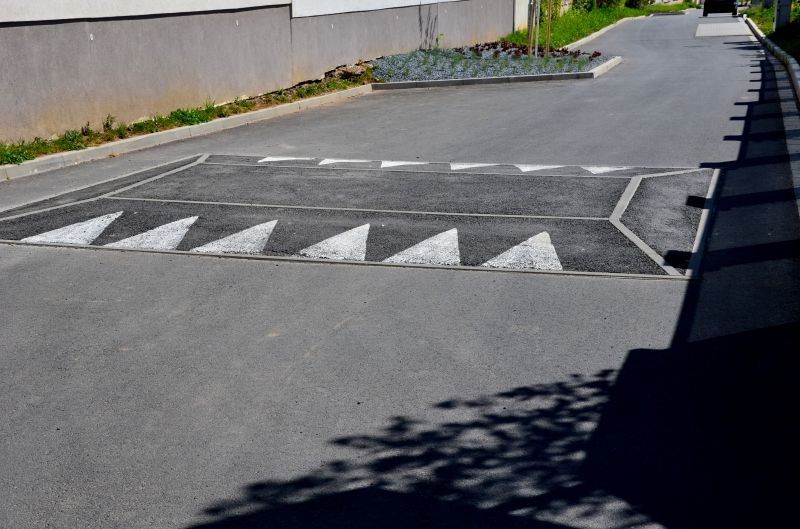
A crew installing asphalt speed bumps during suitable weather conditions.
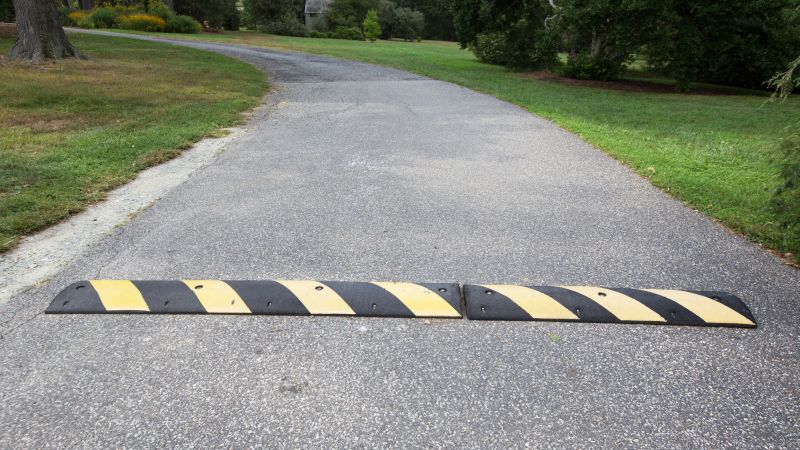
A finished asphalt speed bump ready for traffic.
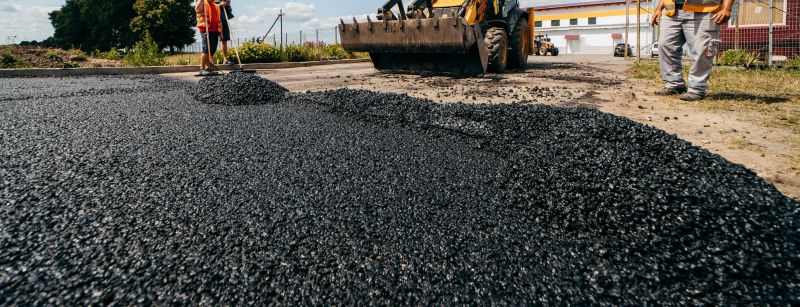
Site prepared during favorable weather for optimal asphalt setting.

Routine inspection after proper installation ensures longevity.
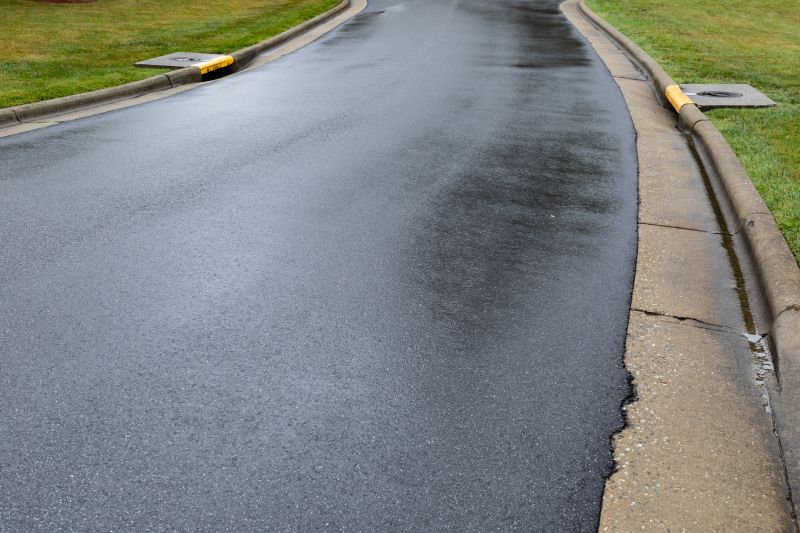
High-end options that actually feel worth it for Asphalt Speed Bump Installations.
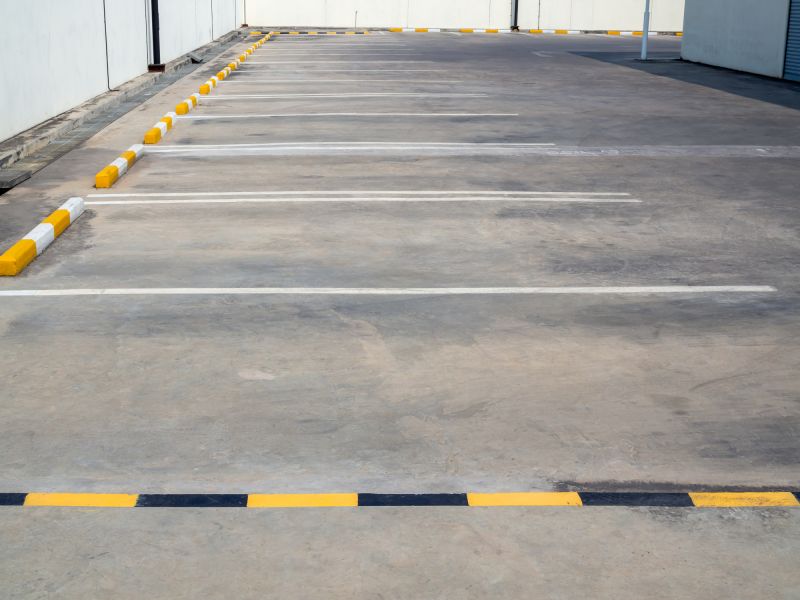
Finishes and colors that play nicely with Asphalt Speed Bump Installations.

Little measurements that prevent headaches on Asphalt Speed Bump Installations day.
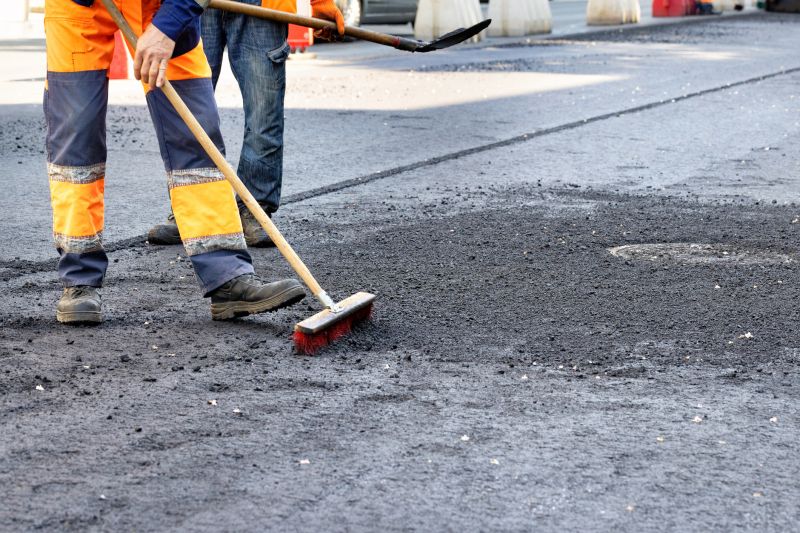
A 60-second routine that keeps Asphalt Speed Bump Installations looking new.
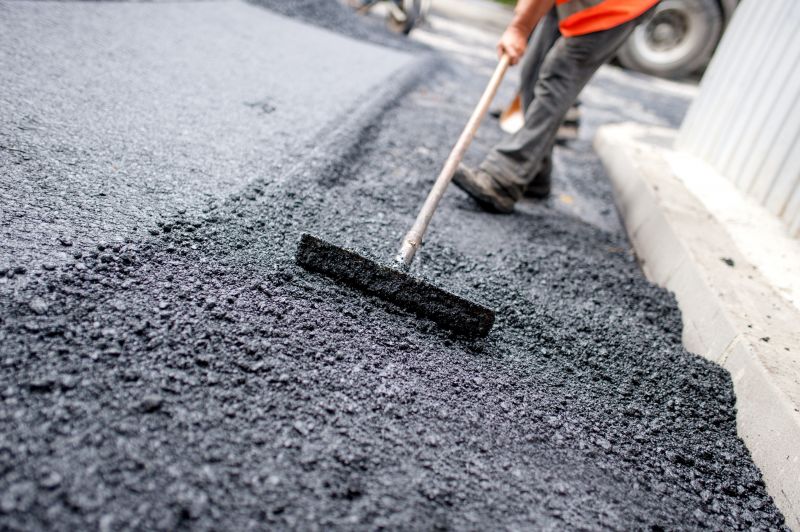
A frequent mistake in Asphalt Speed Bump Installations and how to dodge it.

Small tweaks to make Asphalt Speed Bump Installations safer and easier to use.

Lower-waste or water-saving choices for Asphalt Speed Bump Installations.

The short, realistic tool list for quality Asphalt Speed Bump Installations.
Individuals interested in asphalt speed bump installations are encouraged to contact for detailed scheduling advice and site assessment to determine the best timing for their specific location and project requirements.



